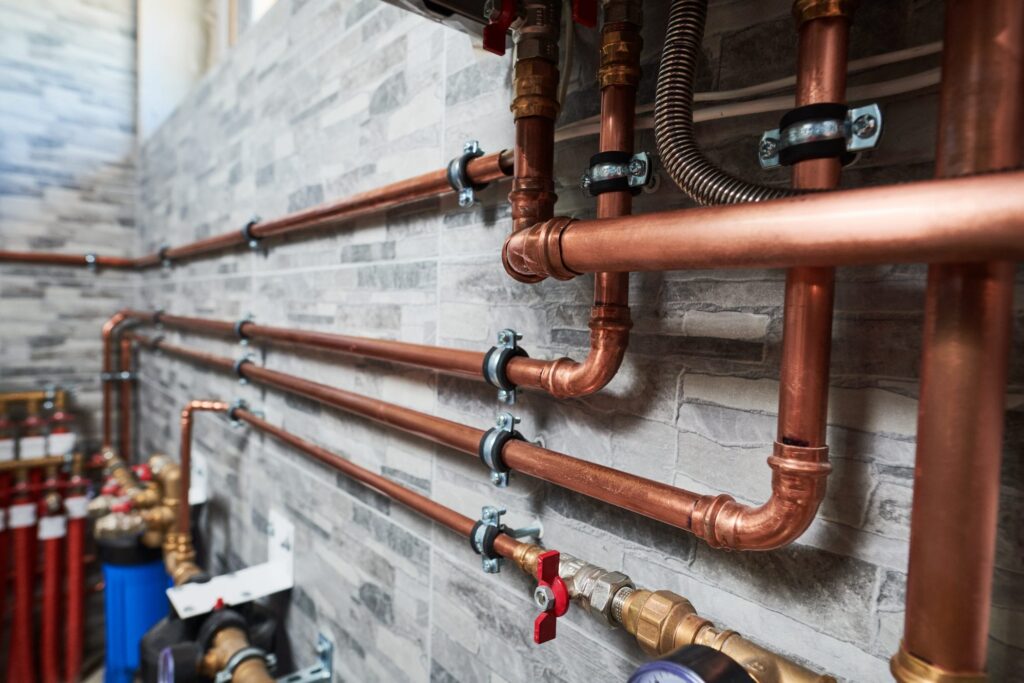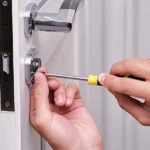When it comes to making your home energy-efficient, many think of insulation for walls, floors, and attics. However, one area that often gets overlooked is your plumbing system. Insulating your pipes helps lower your energy bills and reduces the chances of your pipes bursting in cold weather. This blog will share tips on properly insulating your plumbing in East Providence for efficiency.
Determine Where to Insulate
Start by inspecting your plumbing system and figuring out which pipes need insulation. The areas of your home that are not well-heated, like the basement, attic, and crawlspace, are the places that need insulation the most. You can also insulate pipes that run through exterior walls, as these are also prone to freezing.

Choose the Right Material
The most common insulation materials are foam sleeves, fiberglass, and rubber pipe wrap, available in hardware stores. Foam sleeves are the most popular choice as they are easy to install and cost-effective. Fiberglass wrap, on the other hand, is a bit more expensive but offers better protection against cold. Rubber pipe wrap is the best choice for pipes exposed to heat, as it can withstand high temperatures.
Install the Insulation
Once you have chosen the insulation material, it’s time to install it. Start by cleaning the pipes to remove any dirt or debris. Measure the pipes’ circumference and cut the insulation material to fit. Ensure the insulation fits tightly around the pipes; any gaps will reduce efficiency. Use duct tape or zip ties to secure the insulation in place.

Pay Attention to Fittings
Don’t forget to insulate the fittings, such as tees, elbows, and valves. These are where most heat loss occurs. Use a preformed insulation kit or mold the insulation material around the fittings to ensure no gaps.
Maintain Your Insulation
Insulation can lose its effectiveness over time, so it’s essential to inspect it regularly. Check to see if any areas need patching or replacing. Consider increasing the insulation if you have pipes in exposed areas, like outside walls.
As you can see, properly insulating your pipes is a relatively easy and straightforward process that can yield significant benefits. Whether you’re looking to save money on your energy bills, prevent your pipes from freezing, or both, insulating your plumbing system can keep you warm and toasty through the winter months. Take the time to inspect your pipes today and start planning your insulation project. Your heating bills will thank you!






